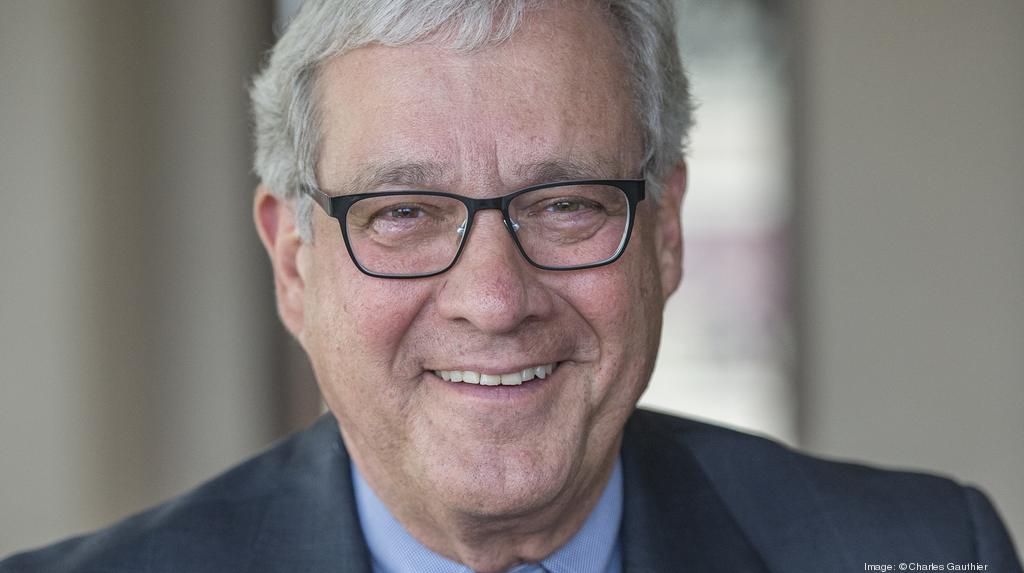If ever there was a naturalistic study of the influence of prolonged social isolation, secondary trauma, and learned helplessness on human beings, it was COVID-19. Similarly, if one wanted to create a therapeutic environment to address these issues, a social-emotional resourced college campus would provide the ideal setting. As students arrive at college this fall bearing the psychosocial scars of their lost year, higher education leaders can look for healing within their communities and classrooms with strategies involving social and emotional learning and a range of resources that transcend the limits of traditional counseling centers.
What was already a serious problem for college administrators has become a public health crisis as experts warn of an “echo-pandemic” of mental illness caused by the length and breadth of the exposure students have had to the adverse events of 2020. According to the Healthy Minds Network, the prevalence of college-aged people with a diagnosable mental illness had risen each year from 21.9% in 2007 to 35.5% in 2017. Over the course of this past year, studies by the Centers for Disease Control, Kaiser Family Foundation, and the American Psychological Association found that 40-50% of college-aged adults were likely to be experiencing symptoms of anxiety and depression, with greater acuity among people of color.
Life events play a significant role in the development of mood disorders such as these. Months of social distancing kept workers from colleagues, families from gathering, and friends from each other. Research finds that even brief periods of social isolation influence neurochemical changes in the brain that are associated with depression, anxiety and alterations in blood pressure, immune response and inflammation that contribute to cardiovascular events and early death.
Nightly news reports of semi-trailers serving as mortuaries, video replays of the murder of Mr. Floyd and other young people, stories of Anti-Asian hate, several mass shootings, and international tragedies all traumatized the country. Many lives have been lost to this pandemic; however, even when painful events are not experienced directly but through the media, secondary trauma can lead to significant disruptions in emotion such as hostility, hypervigilance, agitation, nightmares, depression, and greater isolation.
No investment of effort or influence could make celebrations, vacations, sporting events, travel, theater, return to work, or return to campus happen; large and small encounters with powerlessness and hopelessness were part of everyone’s experience. When conditions repeatedly prevent people from exerting control over an important outcome, they learn helplessness.
The prolonged social isolation, secondary trauma, and learned helplessness the pandemic caused has been similarly experienced by faculty and staff. We have all endured this together and the strategies we use to heal our collective pain involve us all. As with every pandemic prediction, a judicious mix of prudence and preparation is in order, as is a healthy amount of experimental thinking.
In addressing college student behavioral health, higher education has relied upon a clinical care model that provides individual and group psychotherapy to symptomatic persons. Sometimes prevention programs about substance use, academic anxiety, and relationship problems are offered in concert with departments of Resident Life, but for the most part, the psychosocial needs of the general population on campus are rarely addressed. This is unfortunate, since the period of adolescence to young adulthood is one of profound social and emotional growth for young people.
“At the population level, if one was to create a robust therapeutic milieu that could rebuild relationships, encourage the exchange of emotions, and increase opportunities for mastery and competence in the wake of a pandemic, it would look like most of our learning communities.”
For many years, counseling center professionals have been straining to manage the increased demand for services, presenting complaints of greater acuity, more frequent expressions of initial mental illness, requirements for continuing care of preexisting disorders, emergency responses, suicide prevention, and help with loneliness, academic stress, and relationships. Behavioral health cannot be the sole province of the counseling professionals any more than proficiency in academic writing can be assigned only to the English Department; the responsibility for the behavioral health of our learning communities belongs to everyone and everyone’s emotional wellbeing is important to address.
Population interventions that engage the whole campus must become priority. Prevention and promotion programs for mental wellness; screening and early interventions for those at greater risk; and clinical care options that include psychoeducation and telementalhealth should all become the post-pandemic normal. While every institution will be different, there are arrangements to be made with private practitioners and community agencies in the student’s hometown or the college’s local community to follow those young people with more serious or chronic conditions. Developing these resources can leave the counseling centers more available to manage emergencies, acute issues, and group programs.
At the population level, if one was to create a robust therapeutic milieu that could rebuild relationships, encourage the exchange of emotions, and increase opportunities for mastery and competence in the wake of a pandemic, it would look like most of our learning communities. This is why the classroom experience, including the dynamic between professor and student, and those among student peers, is an enormously promising pathway towards better mental health and wellbeing on campus.
A recent survey by the Boston University School of Public Health, the Healthy Minds Network and the Mary Christie Foundation found that 1,685 faculty from 12 colleges and universities identified their desire to become better trained and more involved with what they see as worsening student mental health. During the pandemic, most faculty reported that they had direct contact with students around mental health. Comfort with discussing mental health was greater than their ease in discussing students’ drug and alcohol use. However, most felt that a greater knowledge of mental health and substance use disorders and some basic training in how to listen, evaluate and refer a young person for appropriate help would be essential to their being of greater help to their students.
Faculty are present, influential, and a critical resource to the psychosocial development of young adults. Higher education should leverage this important relationship with supports and training while incorporating social and emotional learning into our post-pandemic pedagogy. For evidence and example, we can look to our colleagues in K-12.
For more than twenty-five years, researchers at the Collaborative for Academic, Social, and Emotional Learning and elsewhere have found that attending to the social and emotional competency of K-12 youngsters improves their attendance, attention, motivation, overall learning, relationships, and mood. Hundreds of studies involving thousands of children show that when teachers create classrooms where students’ feelings are welcome, relationships with others are facilitated, and opportunities for mastery are offered, academic performance rises significantly, and behavior and emotions are better balanced. While many of the K-12 social-emotional competencies are targeted towards certain psychosocial outcomes (e.g., reduced bullying, improved self-confidence), most practitioners describe social emotional learning (SEL) as a pedagogical model rather than a specific curriculum.
Classroom techniques such as: team projects, classroom debates, journaling, conflict resolution tasks, work groups, check-in time, open circle, and making note the important news of the day are part of many opportunities to bring SEL principles to college. With some adjustments made to syllabi, many courses can engage students in productive reflection on the disruptive year that they have just experienced, invite them to become emotionally engaged with each other, and facilitate a variety of opportunities to rediscover their sense of mastery and competence. At the most basic level, learning students’ names and making connections among the class members can reduce the sense of isolation that everyone has endured this year.
Faculty can only become effectively involved with students if they, first, are taken care of. As veterans of this same pandemic, these members need to be compassionately engaged, given the opportunity to share their “COVID story,” offered whatever resources or accommodations they require, thanked for their service, and trained to help. These connections can be made by senior administrators and faculty leaders, but the effort will be too late if it waits until the fall. Educational initiatives about the basics of behavioral health, the psychosocial development of young adults, and resources for referral and further education will be of great benefit.
Most important, faculty need to be reassured that they are not expected to provide psychiatric care. A review of some literature on the academic benefits of including social emotional pedagogy into their classroom as well as the guidelines of providing Psychological First Aid will provide an appropriate context and some additional incentive to undertake this work. Training in some of the SEL pedagogic techniques that create more connected, inclusive, and supportive classrooms will also be helpful. There is a wealth of useful research on these areas and many expert trainers are available.
Some of what was stressful and emotionally impactful about this past year has to do with systemic racism, racial identity, and relationships. Many campuses have Diversity Equity and Inclusion specialists that can provide information, resources, and learning opportunities to address these issues and to engage groups. Schools should be encouraged to have workshops and interactive opportunities available to pursue issues of racial identity, systemic racism, and relationships with others.
Developing a variety of behavioral health resources and stronger social and emotional competence among our students, staff, and faculty will increase their ability to have productive discussions about difficult issues, form more empathic and respectful relationships, seek avenues of empowerment, problem-solve with others, engage in advocacy and rediscover a sense of agency, all of which are the very essence of the college experience.




